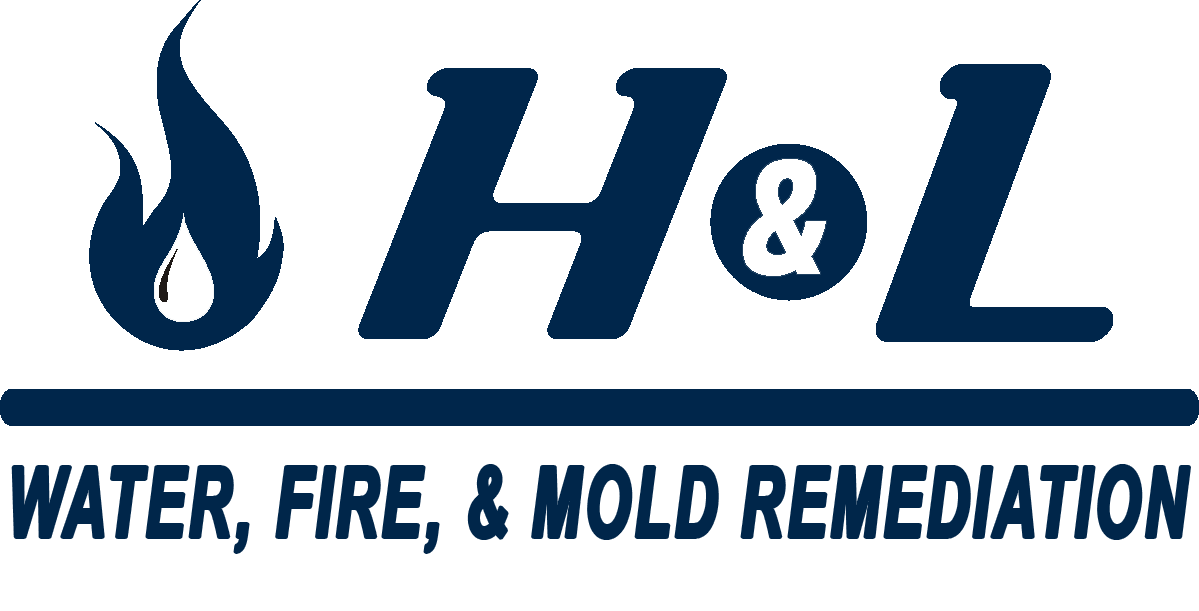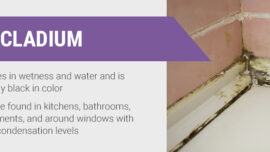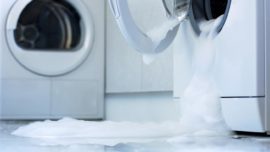What to do when you experience a flood in your home
What To Do When You Experience a Flood in Your Home
As a homeowner, one of, if not the most damaging things that you can experience is a flood in your home. Causes of a flood can vary widely ranging from a natural disaster such as heavy rains, or plumbing issues such as sewer line back ups, or burts pipes. No matter what has caused a home to flood, the protocol for dealing with flood should still be the same. The faster a flood is addressed, the less damage a home will undertake, and the less it will cost to restore your home to it’s pre-flood state.
#1 Reduce Additional Risk
Depending on the severity of the flooding, you may be required to leave your home following an intense flood. Upon return you should be very careful about what rooms you enter, and how you move about your house. You should check for any visible signs of damage to the homes structure. Keep an eye out for warping or cracked foundations, compromised walls, and holes in flooring. If you smell gas DO NOT ENTER THE HOME. Also, it is highly recommended that you contact the utillities company if you believe there to be damage to water, sewer, gas, or electrical lines. Having a preparedness kit with you upon return is also highly recommended. A flashlight that will allow you to see in darker areas of your home is extremely important. Before entering make sure that all electrical sources to your home are turned off. Even if the power is not working, it’s a still a good idea to locate your fuse box and turn off the main, as well as all individual fuse connections. If for some reason power is reactivated, you do not want to run the risk of mixing two of natures more heavily opposed forces.










